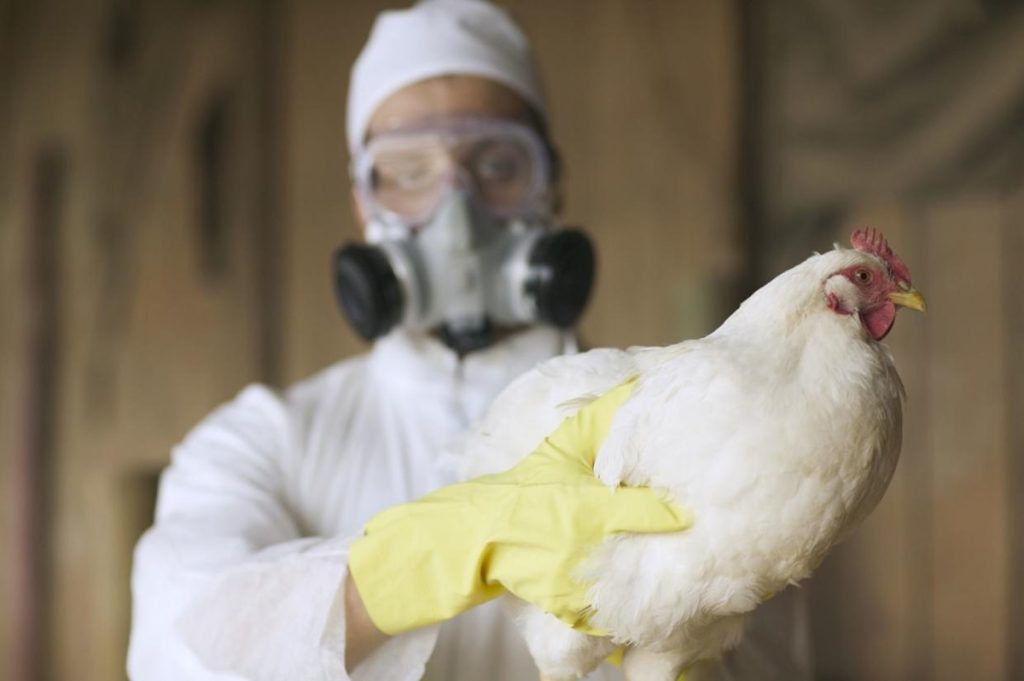The United States reported its first severe human case of bird flu on Wednesday in Louisiana. The patient, a resident hospitalised in critical condition, is believed to have contracted the virus through contact with an infected backyard poultry flock.
Meanwhile, California, the country’s most populous state, declared an emergency over the spread of the H5N1 virus. The virus has significantly impacted dairy herds and infected dozens of farm workers this year. The outbreak has proven challenging to control, with resistance from some farmers to testing and containment measures.
This marks the first time bird flu has infected U.S. dairy cattle, with cases first identified in 2024. Federal and state authorities have struggled to manage the outbreak effectively.
In Louisiana, the patient exhibits severe respiratory illness, raising concerns about heightened health risks from the virus. Previously, bird flu primarily caused mild symptoms, such as conjunctivitis, among infected dairy workers. The Louisiana Department of Health confirmed the patient, who has underlying medical conditions and is over 65 years old, is at higher risk of complications.

The Centers for Disease Control and Prevention (CDC) reported 61 confirmed human cases nationwide since April, mainly among workers on dairy farms where the virus infected cattle. Additionally, some workers involved in culling infected poultry have tested positive. The Louisiana case is the first in the U.S. tied to non-commercial, backyard poultry, according to Demetre Daskalakis, director of the CDC’s National Center for Immunisation and Respiratory Diseases.
The CDC noted that sporadic severe cases of H5N1 bird flu are not unexpected, as similar cases have been reported internationally, including fatalities. Partial genome sequencing of the virus from the Louisiana patient indicates it belongs to the D1.1 genotype, recently detected in wild birds and poultry in the U.S., Canada, and Washington state. This differs from the B3.13 genotype, which has been associated with infected dairy cattle and human cases across multiple states.
The outbreak has infected over 860 dairy herds in 16 states since March and has resulted in the deaths of 123 million poultry since its onset in 2022. In California, the hardest-hit state, 649 dairy herds—approximately 60%—have tested positive since late August. On December 12, four southern California dairies reported infections, prompting Governor Gavin Newsom to declare a state of emergency. The declaration aims to expedite California’s response, shifting from regional containment to statewide monitoring and action.
The U.S. Department of Agriculture has also launched a national bulk milk bird flu testing plan, enrolling 13 states and covering nearly half of the nation’s milk supply.


